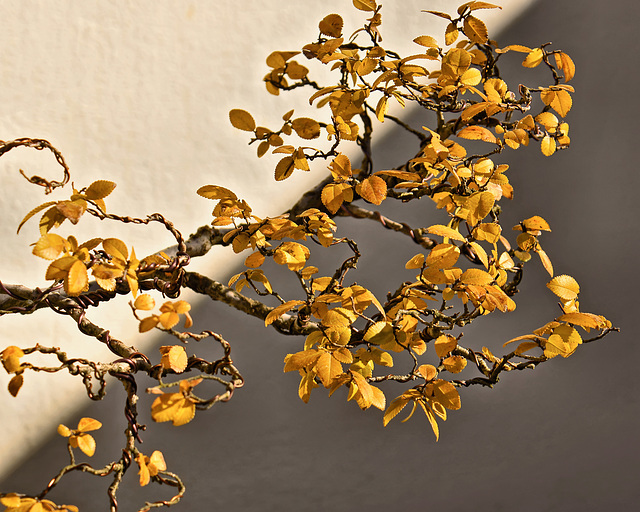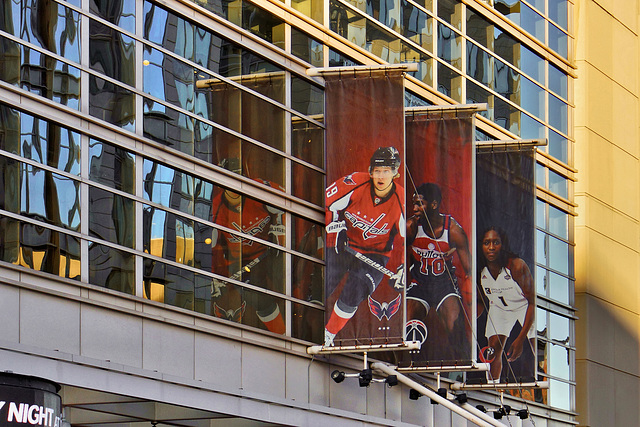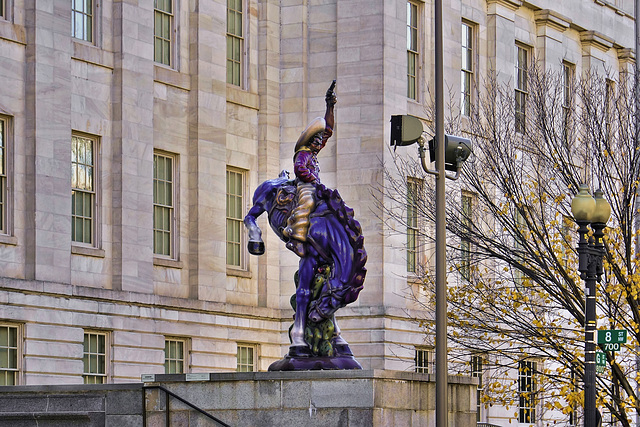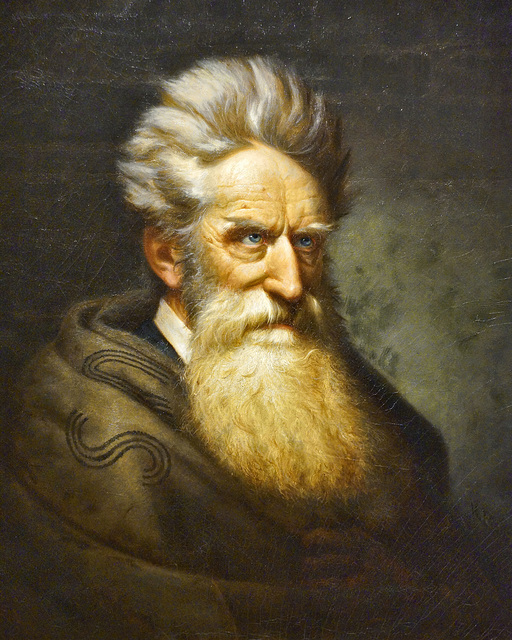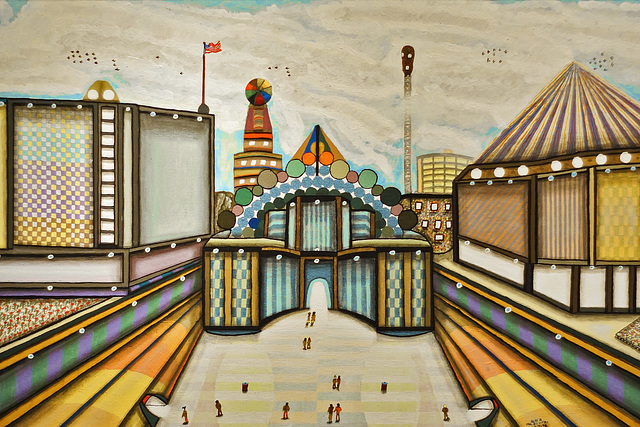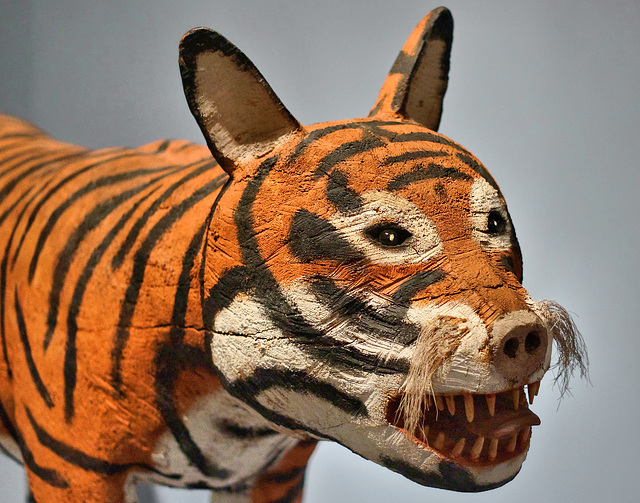
2011
Bonsai Chinese Elm – National Arboretum, Washington D.C.
Chrysanthemums on a Windy Autumn Afternoon – National Arboretum, Washington, D.C.
Drumming Up Business – 7th Street at F Street N.W., Washington, D.C.
The LeDroit Building – F Street at 8th Street N.W., Washington, D.C.
The 800 Block of F Street, NW is representative of the earliest development of F Street as the commercial core of Washington, DC It typifies the growth of Washington from its sleepy southern village days to an advanced and enterprising city. Surrounded by such monumental buildings such as the old Patent Office (now the National Portrait Gallery) and the General Post Office, the 800 Block of F Street introduces a varied facade which enhances the qualities of these buildings and the L’Enfant plan itself.
In 1875, the Le Droit Building at the SW corner of 8th and F Streets was erected. Designed by James McGill in the Italianate commercial style of its period, the Le Droit Building was intended exclusively for office use. Its first tenants included J. Bradley Adams and William H. Boyd (publisher of Boyd’s Directory), a barber, two auctioneers, various agents, twenty lawyers and others, including the architect, James McGill until 1880. Further development resulted in 814 F Street which was built in 1875 or 1876. By 1877, J. Bradley Adams moved his book and stationery business from the Le Droit Building to this address. Soon after, in 1878, Soon after, in 1878, Adams erected the Adams Building at 816 F Street for his own use.
Today the LeDroit Building houses the International Spy Museum, a privately owned museum dedicated to the field of espionage.
The Verizon Center – 7th Street at F Street N.W., Washington, D.C.
Vaquero – Smithsonian American Art Museum, 8th Street at G Street N.W., Washington, D.C.
John Brown – Smithsonian National Portrait Gallery, Washington, D.C.
This portrait of famed abolitionist John Brown was painted in 1872 by Ole Peter Hansen Balling. It depicts Brown in captivity following his unsuccessful raid of the federal arsenal at Harpers Ferry, Virginia (now West Virginia) in 1859 aimed at starting an armed slave revolt. Brown’s raid and his subsequent execution provided one of the main sparks that ignited the Civil War 16 months later.
Untitled Futuristic City – Smithsonian American Art Museum, Washington, D.C.
Alexander Maldonado was born in Mazatlan, Mexico in 1901 and came to the United States with his family following the outbreak of the revolution in Mexico in 1910. Settling in San Francisco, he worked as a riveter, professional boxer, and factory worker until his retirement at age sixty, after which he began to paint. He died in 1989.
Maldonado is fascinated with astronomy and the technology of the future. He envisions the possibility of high-speed transit via rocket-powered vehicles traveling through underground tubes. His work is also characterized by his use of symmetry, multiple spatial references, and captions that help clarify the subject of the painting. These traits are all evident in San Francisco to New York, [SAAM, 1986.65.126] which portrays a terminal where travelers of the future will be able to traverse thousands of miles in an hour or less.
The cruciform terminal is shown as if seen from above, with announcements oftrips to New York and Mexico displayed on billowy tunnel sections that run through the terminal building. With flags flying and travelers coming and going, Maldonado’s scene is filled with movement and energy. The candy-colored tubes that frame the sides and bottom of the painting have a different spatial reference from the rest of the painting. The tubes also represent conveyances for the "Canada-United States-Mexico" trip. A decorative band painted with dabs of color completes the frame along the top of the work.
The exuberant, optimistic, and festive quality that pervades the painting is conveyed by the colors, the straightforward symmetrical arrangement of the narrative elements, and the signage that provides everyone – travelers and viewers alike – with directions on how to enjoy the fruits of this marvelous technology.
Tiger – Smithsonian American Art Museum, Washington, D.C.
Felipe Archuleta was born in Santa Cruz, New Mexico in 1910. He made his sculptures out of wood and other materials he found himself or could obtain from his neighbours. He used carpenter’s tools to fashion the various parts of each work, and nails and glue to assemble them. He smoothed the joins with a mixture of sawdust and glue, which also built up the surfaces.
Archuleta’s first sculptures depicted those animals he knew best – sheep, rabbits, burros, and cats. He soon began to make larger, sometimes life-size, animal sculptures, expanding his repertoire to include giraffes, elephants, monkeys, and others based on pictures he found in children’s books and natural history magazines. Archuleta generally emphasized the ferocious nature of the animals he portrayed by providing them with irregularly carved teeth, wide-eyed stares, and exaggerated snouts and genitals.
Felipe Archuleta, who has spent most of his life in Tesuque, New Mexico, worked as a carpenter for over thirty years. In 1967, unable to find work, he prayed to God to alleviate his poverty and desperation. His subsequent religious awakening led to his work as a carver of animals, for which he has been justly celebrated. He died in 1991.
Jump to top
RSS feed- Latest items - Subscribe to the latest items added to this album
- ipernity © 2007-2024
- Help & Contact
|
Club news
|
About ipernity
|
History |
ipernity Club & Prices |
Guide of good conduct
Donate | Group guidelines | Privacy policy | Terms of use | Statutes | In memoria -
Facebook
Twitter

